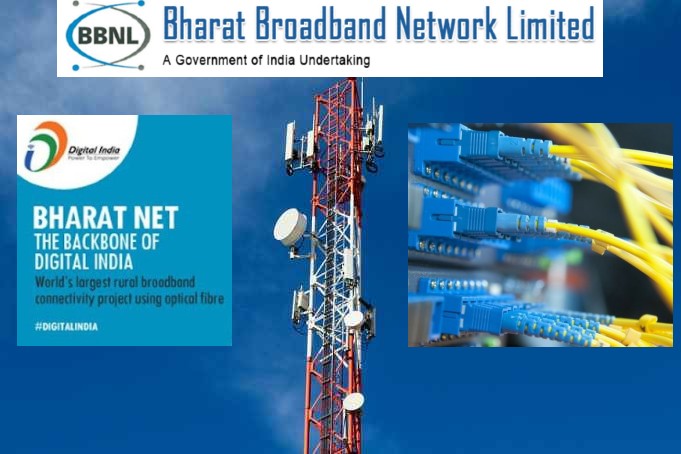A new operational model has been adopted to cover 640,000 villages under Bharatnet within next 2 years
New Delhi, NFAPost:
The Union Cabinet has approved Rs. 1.3 trillion ($17 billion) worth of investments to drive the next stage of the government’s ambitious Bharatnet project which aims to provide every Indian village with fixed-line broadband connectivity a top official from the Department of Telecommunications (DoT) said.
The Cabinet meeting also saw the adoption of a new operational model to drive the next stage of the project, which aims to cover 674,000 villages under 250,000 gram panchayats nationwide within the next two months, he said.
In August 2020, the government announced that every village in the country would be connected via Optical Fibre Cables to provide at least 100 MBps bandwidth of the internet. The current coverage stands at 194,000 villages connected with 584,000 km of fibre optic cables laid so far, officials told reporters.
Currently, Bharatnet connects Grama Panchayats are connected through multiple implementing models like a state-led model, the private sector model and the CPSU Model.
This will now be substituted by a system where rural entrepreneurs (called Udyamis) would be chosen in every village to lay the cables to individual households and maintain them.
While the capital cost of bringing the optical fibre cable to the village level would continue to be borne by the government, the Udyami would be responsible for extending it further, the official said.
The new model is a practical one, based on industry best practices, which will improve last-mile connectivity, expand the efficiency of the network, plug leakages in the form of cable theft, and lead to an estimated 250,000 new jobs being created, the government believes.
The Udhyamis would be paid based on a model of 50 per cent remuneration. The lower-end packages for Bharatnet-based broadband are Rs 399 and Rs 599. “Whenever a household takes a Bharatnet connection, half of the price of the package they choose would automatically go to the Udyami,” the official added.
The contract terms will be flexible and an Udyami can serve multiple villages as well. The government will provide training to them, along with hand-holding in the initial stages.
Last year, the government ran an initial pilot program based on the new model of Bharatnet in 4 districts. Subsequently, a larger pilot was executed across 60,000 villages in almost every state of the country over a period of 8 months, officials said.
In these villages, 350,000 fibre connections have already been established.
Broadband Network Limited (BBNL), the central public sector undertaking set up by the DoT to implement Bharatnet is in the process of merging with state-run telco BSNL. Currently, BBNL and BSNL provide separate fixed-line broadband connections.
BSNL is currently rolling out 130,000 fibre-based broadband connections every month. “This is quite good, considering that Reliance Jio adds about 180,000 connections monthly, while Bharti Airtel provides about 140,000 connections,” the official mentioned above said.
India has a total of 370,000 km of optical fibre cable infrastructure currently.
Agencies





